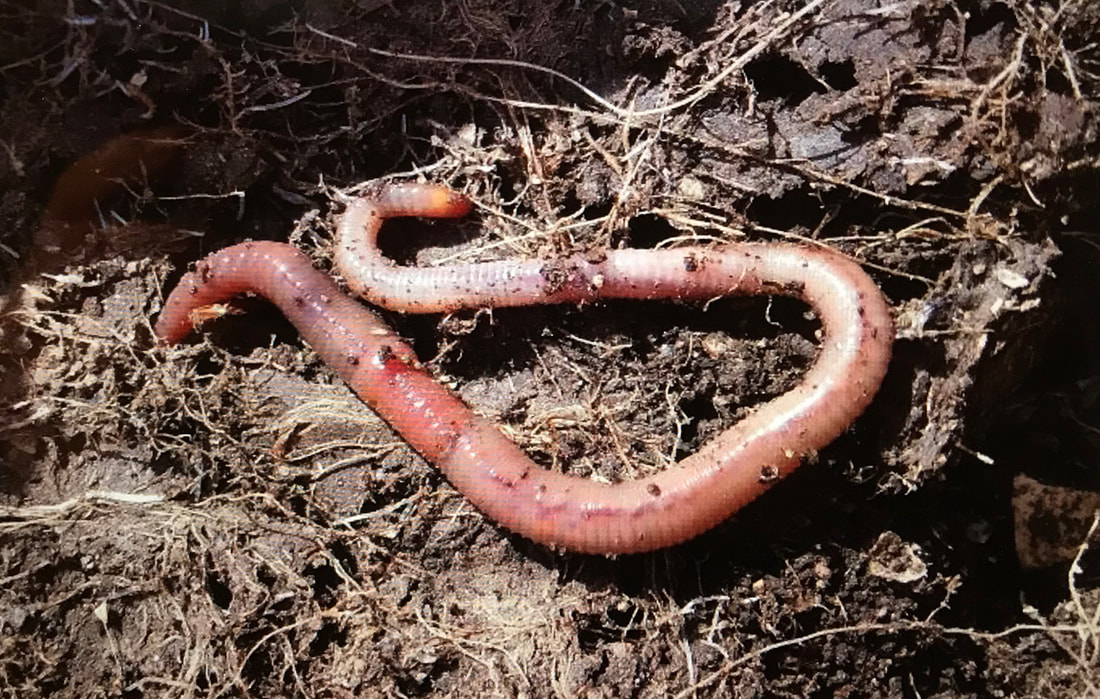 When I was a kid and wanted to go fishing, I’d get out a pitchfork and start digging in our vegetable garden for worms because at the time, there were no bait shops around the Whitehall Township area where we lived. As savvy anglers know, garden worms can catch a lot of different freshwater fish be it trout, suckers, catfish, bass, sunnies even an occasional hungry crappie. The Arkansas Fish & Wildlife recently refreshed my childhood memory on “worming” in a press release they released on worm fiddling, worm charming or worm grunting. All of these refer to a method practiced by anglers of old to get earth worms to come to the surface and show themselves on the ground or in the grass so they can be grabbed for fishing I now recall my one grandfather telling me how he did it and his method sounded familiar to what the folks at Arkansas F&G have described. It goes like this: Simply take a stick that has notches cut along its length and push it into the ground. Then rub another stick along its length to create vibrations. The vibrations will bring worms to the surface (it’s said they’re attempting to avoid predators) where you can grab them fast before they slip back into the ground. The famed geneticist Charles Darwin theorized, “If the ground is beaten or otherwise made to tremble, worms will believe that they are pursued by a mole and leave their burrows.” A study conducted by Vanderbilt University University biological sciences professor Ken Catania in 2008, confirmed Darwin’s theory. The study was held in northern Florida where the practice of worm grunting was extremely popular. He recorded the sounds of real moles digging versus worm grunters and compared their effects on the earthworms’ habit of springing from their burrows when in danger. The town of Sopchoppy in northern Florida adopted the practice as its calling card by hosting an annual Worm Gruntin’ Festival where young earthworm harvesters compete to see who can coax the most earthworms from the ground with various techniques. The folks at Arkansas F&G say it doesn’t have to be two sticks making the vibrations. An old broom handle driven into the ground rubbed with a hand saw can produce the low vibrations needed to draw the worms to the surface. Or, two lengths of rebar also can be used to charm up some night crawlers for bait. When doing this, be sure to keep an eye on the ground for several feet around the fiddling tools and be ready to grab the worms before they retreat. This process won’t work if the ground it extremely hard or the soil is sandy. It’s recommended to try under trees in areas where the ground is fertile with lots of deteriorating vegetation. After a heavy rain, worms can often be seen laying on pavements and driveways where they can be picked up. And I remember an uncle, who was a die-hard angler, who used to check farm fields as they were being plowed for worms. A buddy of his would call him and tell him if he spotted a farmer plowing so he’d hurry on over there. Worm Gruntin’ can also be a fun way for kids to gather worms for fishing, perhaps making it a contest to see who could gather the most. Without a doubt, worming is an old but inexpensive way to get bait for the opening day of trout fishing. There’s bedding material sold to keep them alive or just cut-up some wet newspaper and put it in a container to keep them alive or just keep them in some ground from where you harvested them.
1 Comment
Erik
3/28/2020 04:37:24 am
Never heard of this before, but now it’s got me itching to give “worm grunting” a try!
Reply
Leave a Reply. |
AuthorNick Hromiak has been an outdoors and automotive writer for over 30 years. He's been published in numerous national and state-wide outdoor magazines and newspapers.
|
Proudly powered by Weebly
 RSS Feed
RSS Feed